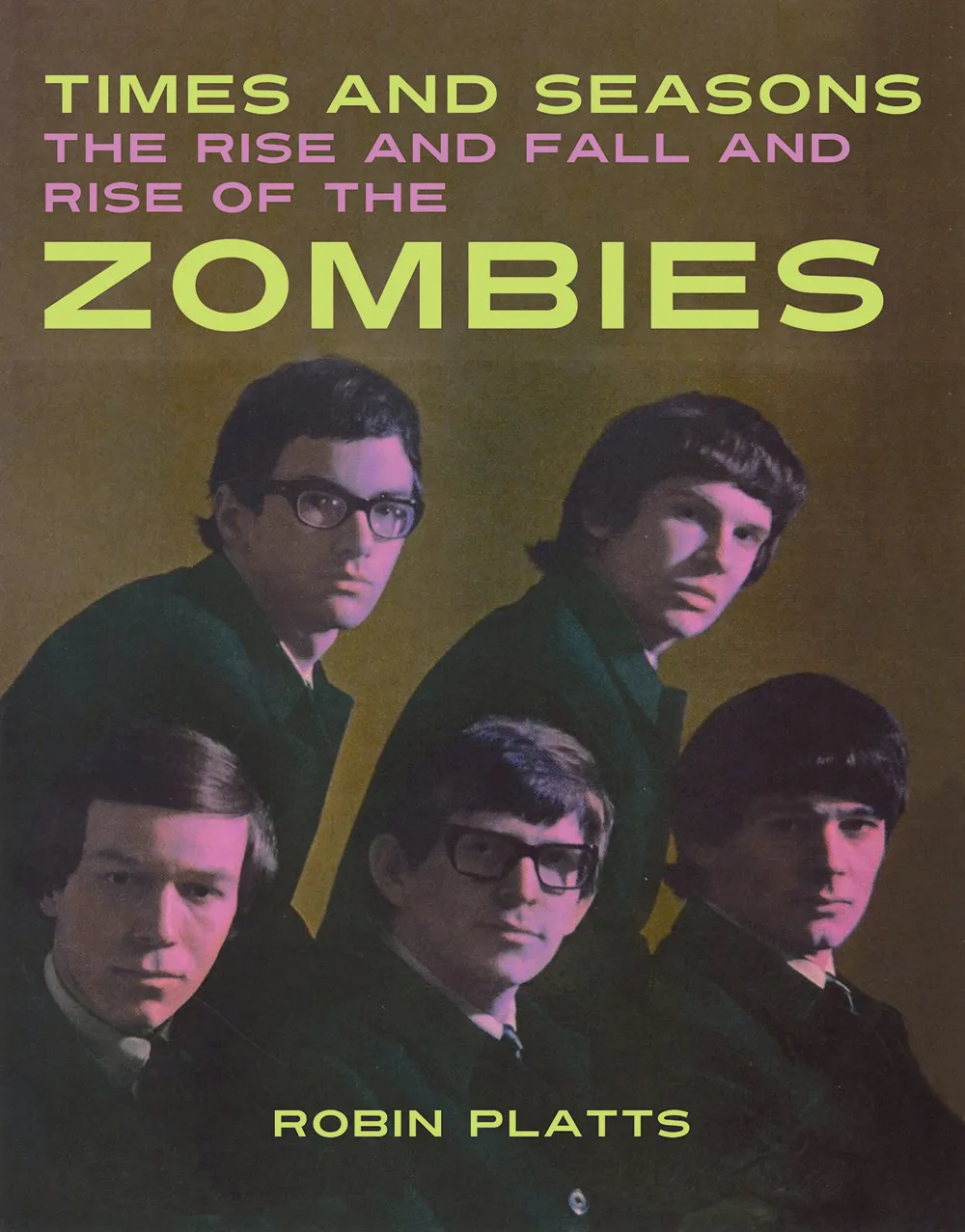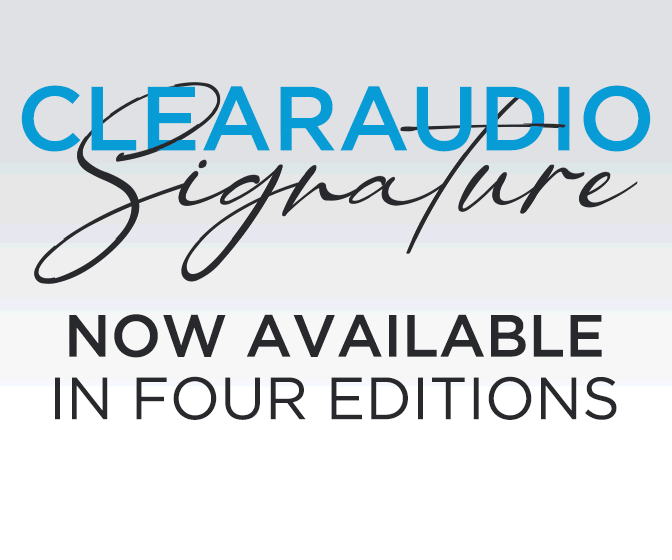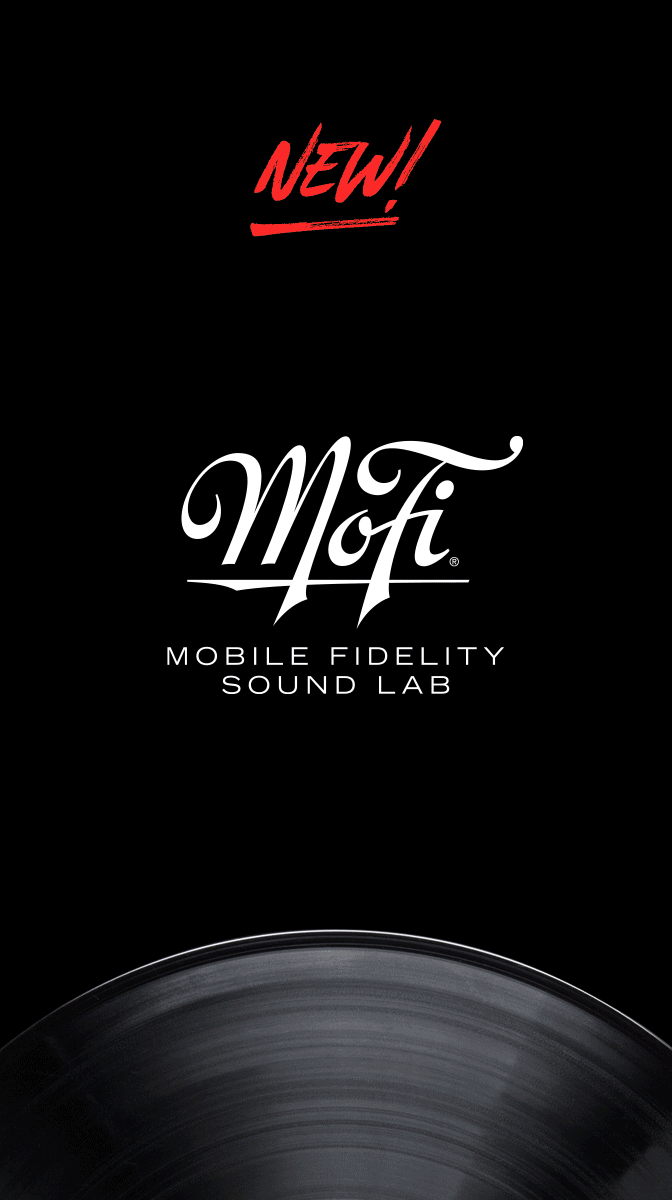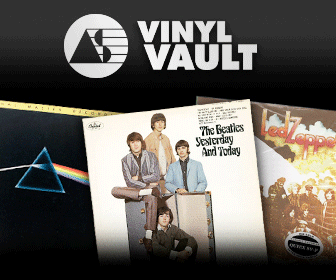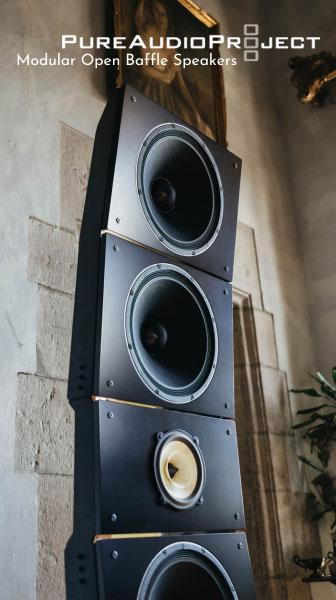The Zombies: Odessey, Oracle, and Other Oddities
An Interview with Author Robin Platts About His Book
It may not be Halloween, but it’s always a frighteningly good time to discuss the Zombies— the UK-based rock band from the late 1960s that wrote and recorded seminal music that helped define the sound of those golden year—not the brain dead ghouls found skulking around after dark in your local cemetery. The Zombies found early success then found maintaining chart magic challenging.
Formed in St. Alban’s in 1961, the band’s core group during their chat-topping days consisted of Colin Blunstone (vocals), Rod Argent (vocals and keyboards), Paul Atkinson (guitar), Chris White (bass), and Hugh Grundy (drums). After a few hits early in their career - such as “Tell Her No” and “She’s Not There” - the group’s critical success waned until a few months after their break up! As the story goes, multi-instrumentalist and showbiz Zelig figure, Al Kooper, who was signed to Columbia Records at the time, convinced the label’s top brass to give Odessey and Oracle more label support. As a result of Kooper’s pitch, “Time of the Season” become not only a #3 Billboard hit, but also one of the decade’s most representative tracks.
The last few decades kept the Zombies animated, performing excellent live performances several of which I’d had the pleasure to attend. They also released some fabulous new music boasting the musical chops that they’ve kept in shape through many years of touring, but that also serve to complement the music that they produced in their hey-day. In fact, you can read my review of their most recent studio album right here at TrackingAngle.com
Author Robin Platts thinks now's the time to resurrect the Zombies’ story in his newest book published by HoZac books titled, "Times And Seasons – The Rise and Fall and Rise of the ZOMBIES", which also features a foreword by the Bangles’ Susanna Hoffs. Prior to this, Platts has written books about Genesis and Burt Bacharach & Hal David, and has contributed to Discoveries, Goldmine, MOJO, The Tracking Angle print edition as well as writing the liner notes for Colin Bluntstone’s Live at the BBC CD.
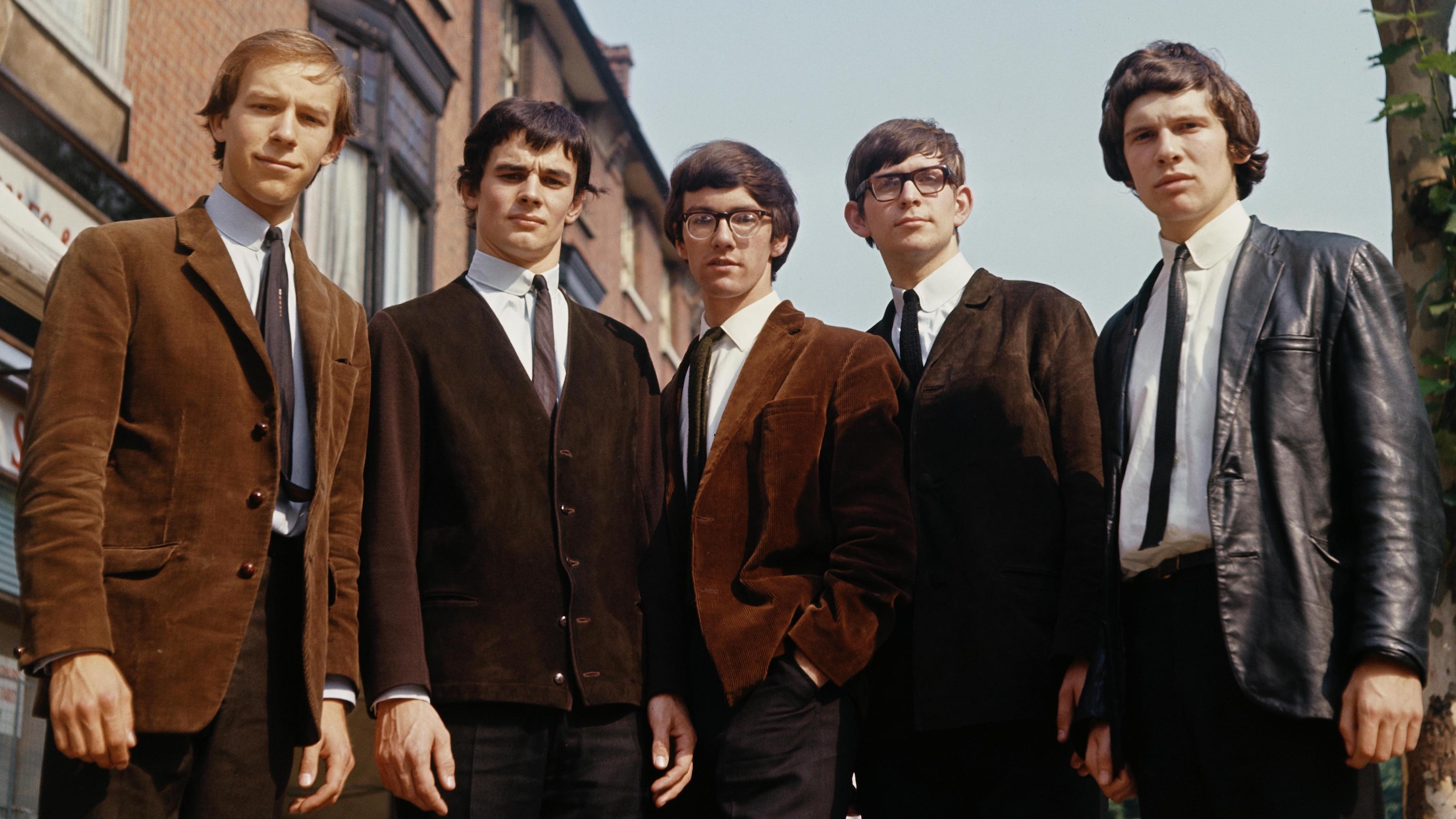
Thanks to Robin for allowing me to delve into the story behind the story of his latest book about one of the more mysteriously misunderstood bands of the 1960s and their recent second-life.
Evan Toth: The Zombies had an unusual trajectory—early chart success, an untimely breakup, and an unexpected resurgence decades later. In your research, what stood out as the most surprising aspect of their story?
Robin Platts: As I went through old ‘60s press clippings, the near-complete disinterest in the band by the UK music press was surprising. When they split up in early 1968, for instance, it warranted a tiny, two-sentence mention at the bottom of a page in Melody Maker. Right above it, there’s a more prominent story about how Gene Pitney had decided to change agents. That gets a proper headline and two paragraphs. But The Zombies splitting up? Just a couple of sentences, buried at the bottom of Page 2.
They had their champions, like Penny Valentine, but for the most part, the NME, Melody Maker, etc, just didn’t pay them any attention. Even when Odessey and Oracle got a good review in Disc, they ran a photo of Colin Blunstone but misidentified him as “Rod Argent”. There’s another Disc piece where they refer to Rod Argent as “Zombies leader Roy Argent”. Can you imagine one of the British music weeklies talking about “Rolling Stones leader Mike Jagger”? “Kinks leader Roy Davies”? Not a chance. But The Zombies just seemed to be off their radar, for the most part.
It was also amazing to me that, when "Time of the Season" first came out as a single in the UK in early 1968, all the critics and pundits – even Kenny Everett, who was a big Zombies booster – said it didn’t sound like a hit. And, in the short term, they were right, I suppose. But looking back now, it seems astonishing that people couldn’t see that record’s potential. Even a couple of The Zombies couldn’t see it.
ezt: What initially drew you to The Zombies, and how did this book come about?
rp: I’d first discovered them about 1976, when I was nine, on a K-Tel compilation LP called The Best of Britain. That was my introduction to "Time of the Season", which was mesmerizing and mysterious, but I knew nothing at all about the band – The Zombies? Who were they? And what was this intriguing, spooky song? A few years later, I got my hands on a best-of LP and then when I was about 17, a friend introduced me to Odessey and Oracle. It was a revelation, and I had that moment, like so many others before me and since, of discovering this incredible and – at the time – largely unknown album.
A few years after that, I’d picked up various compilations and, from the liner notes, knew a bit about the band, but details were still scarce, especially back in the pre-Internet era. Through a random series of events, I met someone who knew Chris White and gave me his phone number. I had no credentials whatsoever as a writer, but having never read a really in-depth article about The Zombies’, I decided to try doing it myself. I had a great conversation with Chris, and then with the other four original members, which subsequently became the basis for a cover feature in Goldmine.
Over the years, there were a couple of Zombies books done by others. I know how much effort it takes to put something like this together and I don’t want to knock anyone else’s work, but for me, these other ones weren’t the Zombies book I wanted to read. I had an idea in my head of what the ideal Zombies book would be, and it didn’t yet exist. Over the years, I’d occasionally ponder my stack of cassette tapes of interviews with the band members – quite a bit of which hadn’t made it into print – and decided I should do my own book. It’s hard to be objective, but just from my own perspective, I think I succeeded. I created (in partnership with Hozac Books) the Zombies book that I wanted to read. Hopefully others will feel the same way.
ezt: Your book is filled with an incredible range of visuals—photos, posters, advertisements, and other ephemera. Can you share how you gathered and curated this material? The collection of picture sleeves and vinyl-related memorabilia is impressive. Were these sourced from your personal collection, or did you collaborate with a dedicated Zombies collector?
rp: Over the years, I amassed a large collection of images of sleeves, ads, press clippings, etc from a variety of sources – some from my own collection, some kindly sent to me by a guy who used to run a Colin Blunstone fanzine, as well as a lot of things sourced from libraries, various online archives, as well as some great photos sent by the band’s management. Paul Atkinson’s family sent over a great selection of photos of him with different artists he’d worked with as a record company exec, and it was honestly hard to pick which ones to include in the book – do we want Paul with Lou Reed? Paul with Jeff "Skunk" Baxter? Mick Fleetwood? ABBA? You could probably do a coffee table book of those photos of Paul with the many artists he worked with.
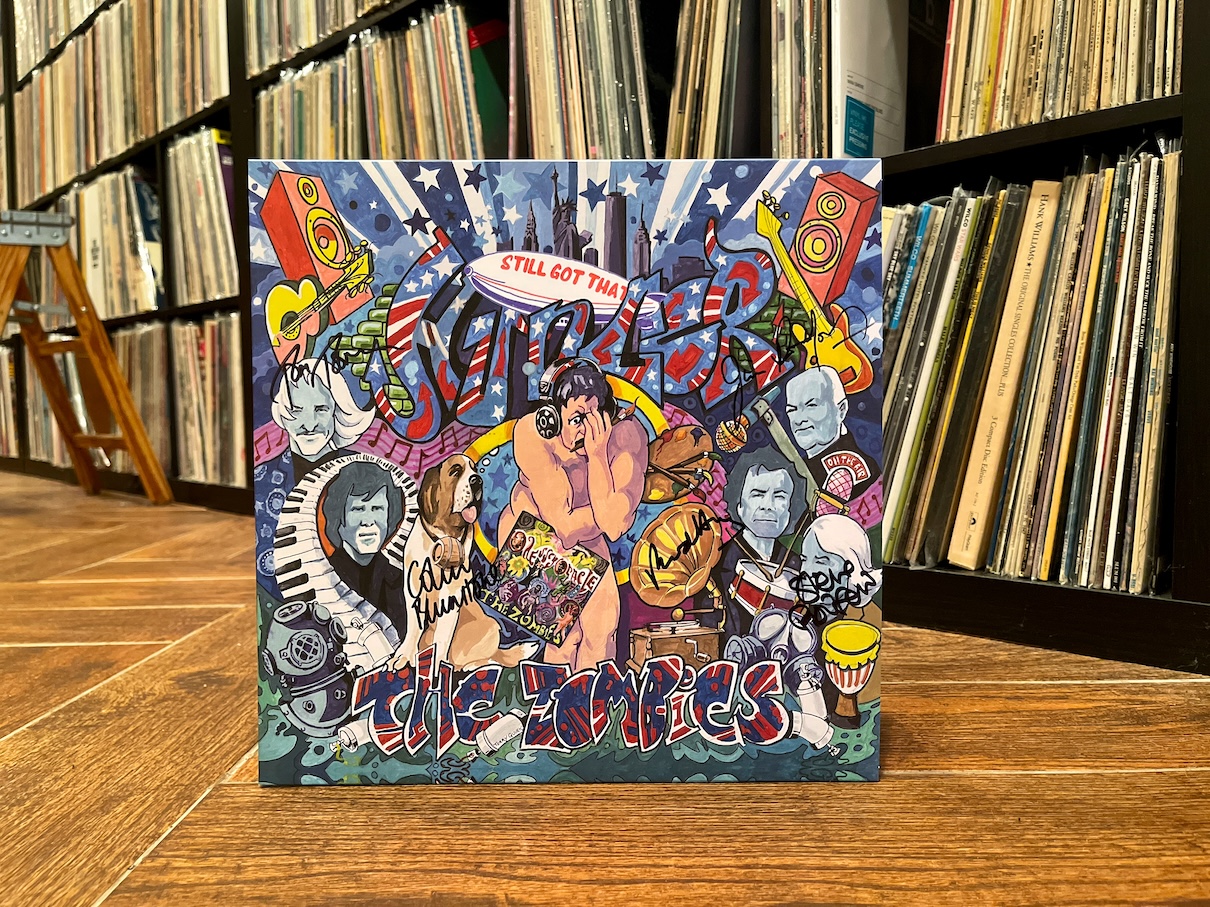 Toth's copy of Still Got That Hunger from 2015, autographed by the entire band!
Toth's copy of Still Got That Hunger from 2015, autographed by the entire band!
ezt: The book has a strong visual appeal, clearly designed with a graphically oriented reader in mind. Was this a deliberate choice, and did you have discussions with the publisher about this approach?
rp: I had a fairly strong idea of what I wanted the book to be, and the visuals were very much a part of that. I love the old gig ads and clippings from the ‘60s and ‘70s in particular. I think they really help to transport you back to the era. Hozac was very accommodating about that, and we worked together to go through and choose the best images to go with each part of the story.
ezt: Today, The Zombies are widely regarded as an influential band, but your book details the challenges they faced, especially in the UK, following their early success. In your view, why did they struggle to sustain momentum at the time?
rp: The band felt that after "She’s Not There", their records suffered from weak production, that they sounded better in demo form or when they played them live. But if you go back and listen to them, those records sound great, so that doesn’t really explain it.
I think the competition was a big factor. If you pick almost any of their singles and look at the other chart contenders that were out at the same time, you can see what they were up against. For example, the week "Whenever You’re Ready" came out, in September 1965, you had the Stones’ "Satisfaction", Sonny and Cher’s "I Got You Babe", Dylan’s "Like a Rolling Stone" and The Beatles’ "Help!" in the UK Top 30, as well as new singles by The Hollies, The Byrds, Donovan, The Small Faces and others. I think that was a challenge for pretty much all their singles.
They also suffered from a lack of coverage in the music press, as I mentioned earlier, and they never had a really compelling image. Right from the start, they were marketed as being highly educated – headlines like “The group with the brainpower”, “Educated zombies!”, etc. Decca in the UK put out a press release touting The Rolling Stones as “the most controversial fivesome in the business!” Meanwhile, The Zombies are getting press coverage talking about how much they liked to drink milk or how many exams they’d passed in school.
Obviously, The Beatles and Stones were massive, and groups like The Kinks or The Who had great appeal in terms of press coverage; but why did The Zombies get overlooked by the UK press in favour of, say, The Walker Brothers, The Small Faces, Manfred Mann or Cliff Richard? Were they all that much more interesting? Did they just have more hits? Better management? But I think they won out in the long run: today people are probably more interested in The Zombies than in, say, P.J. Proby or Dave Dee, Dozy, Beaky, Mick & Tich or some of the other UK press favourites of the time.
ezt: One of the more unusual aspects of their history is the rise of fake Zombies bands touring in the late 1960s. How did you go about piecing together that chapter, and what surprised you most while sorting through those details?
rp: There had been some really good coverage recently of the most famous fake Zombies – the two bands from Texas and Michigan run by Delta Promotions. Beyond that, information was tricky to find, not least because being in a phony Zombies band isn’t something people are likely to brag about. But I was able to dig a bit more into the two Delta bands, including finding a couple of newspaper articles where a reporter interviews them and apparently has no clue that the band they’re writing about is a fraud.
The Michigan Zombies had a particularly elaborate (and hilarious) back story about how all the original band members but one had quit the band, but this one original “Zombie” had stayed “because music is my life, the only thing I know.” So, according to this story, this original member forms a new Zombies line-up and is touring America when a CBS staffer magically finds an unreleased Zombies song in the vault, called "Time of the Season". They’d obviously put quite a bit of effort into creating a back story for the fake band.
I was surprised to find that there was at least one phony band touring America as early as the fall of 1968, even before "Time of the Season" broke. The details are sketchy but I found an odd, yet-to-be explained connection to Grand Funk. There was also a UK group called The Kynd who in early 1969 decided to start billing themselves as ‘The Zombies’, and I think there were likely others yet to be discovered.
ezt: The book includes several unexpected twists in The Zombies' history. Was there a particular revelation or story that surprised you the most as you were writing?
rp: Perhaps not as many as you might expect, because I had spoken with them all at length nearly 30 years ago. Of course, when I had first interviewed Rod, in 1994, I was surprised to hear that the “Odessey” in Odessey and Oracle was actually just a spelling error. I always assumed it was deliberate whimsical ‘60s misspelling, like The Byrds or The Cyrkle. So that was a surprise at the time and was I think the first time Rod had admitted that.
More recently, I had come across an old Rolling Stones fan club magazine that mentioned that The Zombies were going to record the Jagger/Richards song "Lady Jane". I thought it might’ve been an error, but Colin remembered that it was suggested at one point. It didn’t happen, of course, but the idea of The Zombies doing that song is fascinating – Colin’s voice, maybe Rod on harpsichord? They could have done a fantastic version.
One thing I hadn’t fully realized previously was just how successful Paul Atkinson’s career in A&R had been. For example, I remembered what a massive record "The Way It Is" by Bruce Hornsby was back in 1986 but, at the time, I had no idea there was a connection to The Zombies. Bruce was kind enough to speak to me for this book and take me through the back story of how instrumental Paul was in getting him signed, which really illustrated why Paul was as successful as he was.
ezt: Odessey and Oracle has become a landmark album, not just in The Zombies’ catalog but in the larger rock canon. When speaking with the band members, did they have differing recollections of making the record?
rp: One of the challenges of piecing something together out of 50- or 60-year-old-memories is trying to reconcile people’s different recollections of what happened. In the case of Odessey and Oracle, there was the question of ‘Were they planning to split up before they started making the album?’ My own take, in speaking to them again, was that when they started the LP, Rod and Chris thought the group was over but the others still wanted to carry on. By the time the album finished, Rod and Chris had regained their enthusiasm – not surprising, given how good the new recordings were – but the other, non-writing Zombies were really feeling the pinch financially and disheartened by the fact that the first two singles from the sessions hadn’t charted.
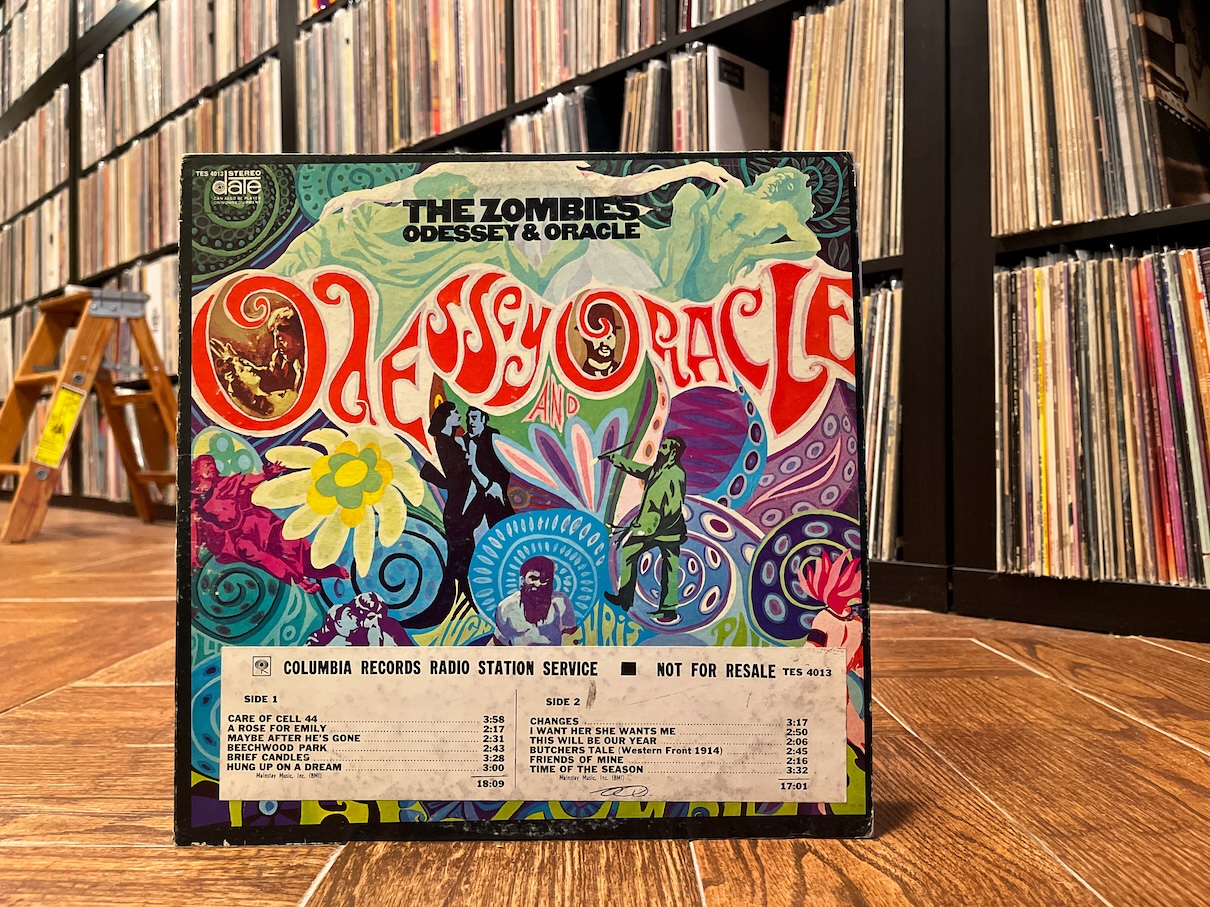 One of Toth's prized possessions: Odessey & Oracle with timing strip. (until you hear an original U.K. CBS pressing you haven't lived_ed.)
One of Toth's prized possessions: Odessey & Oracle with timing strip. (until you hear an original U.K. CBS pressing you haven't lived_ed.)
ezt: You write that in 1968, the idea of Odessey and Oracle being considered a classic decades later would have seemed almost laughable. Beyond its sheer quality, what do you think has contributed to its lasting impact?
rp: There’s something magical about discovering it for the first time. I first heard the album around 1985. I knew The Zombies to an extent at that point, but I’d never heard of Odessey and Oracle. I had a good friend who’d just heard it for the first time and was telling me “You’ve got to hear this album!” So I played it and then, for years after, I would tell anyone who’d listen about this lost gem. I think that’s a big part of its appeal over the past few decades. Gradually, people discovered it and were amazed by this set of songs that slipped by virtually unnoticed when it first came out.
ezt: Many fans first discovered the band’s resurgence through Live at the Bloomsbury Theatre, which showcased The Zombies sounding as strong as ever. Your book covers this later era in detail—what should readers know about this transitional period for the band?
rp: If somebody had asked me in 1998 if The Zombies would ever reform, I would have said, “No chance.” It was clear to me, having interviewed them all by this point, that it wasn’t going to happen. Rod seemed very firm in his desire not to go back. But then he did those few gigs with Colin in 1999 and started recording with him but, even then, resisted using the Zombies name. But then it just gradually happened. They started to rediscover the old songs and Rod actually had a dream about using the Zombies name again. All this combined with the growing interest in Odessey and Oracle in particular and before you know it, you’ve got the four surviving original members back onstage for the 40th anniversary, and the whole thing just grew and grew over the past 15 years. They were making new albums and touring at a relentless pace.
On the subject of things that surprised me: what was amazing was that when I first interviewed them in the ‘90s, they were relatively easy to get hold of; but over the past few years, it’s the opposite – they were always out on the road or rehearsing for the next tour or making a new album – the change over those three decades was really striking.
ezt: The book features a foreword by Susanna Hoffs of The Bangles. How did that collaboration come about?
rp: I was pondering who I could ask to write the forward, and Susanna seemed like a logical choice, especially since she’d done a very compelling speech inducting the band into the Rock and Roll Hall of Fame. I had no connection to her, but The Zombies’ management did and Hozac had done a book on The Bangles; so I just put it out there and, next thing I knew, she’d sent along a very nice forward for the book, for which I was very grateful.
ezt: The Zombies' later years are deeply intertwined with Rod Argent’s band Argent and Colin Blunstone’s solo career. How challenging was it to balance those different musical paths while keeping the book’s narrative cohesive?
rp: To be honest, I hadn’t originally planned to go into so much detail but, once I started digging into it, I couldn’t stop myself! So you have a book about The Zombies, with mini-books about Argent and Colin’s solo career hidden in the middle. It was important to cover those things, because it all slowly leads back to The Zombies revival in the 2000s; but it did take some finessing to juggle the multiple storylines of not just what Argent and Colin were doing, but also Paul Atkinson’s A&R career and then what Chris and Hugh were doing. To me, all that stuff is fascinating but, even if you only want to read about The Zombies as a group, you could skip those chapters and still be getting excellent value for your Zombie-book dollar!
ezt: If someone picks up Times and Seasons without much prior knowledge of The Zombies, what do you hope they take away from it?
rp: Hopefully, people will come away with more insight into how a band that’s widely celebrated today was in many ways overlooked in their own time. Also, the improbable back story of a school kid in St. Albans who was able to assemble a band simply by going around and asking four other kids, “Do you fancy being in a group?” And how, two years later, they were at the top of the American charts. You have this rapid and unlikely rise to the top, followed by a slow decline, an unexpected posthumous hit, a slew of fake bands and, eventually, their reemergence over the past two decades – the Rock and Roll Hall of Fame, the long-overdue recognition of Odessey and Oracle, a return to the Billboard charts and 20 years as a very successful touring act.
I also hope that, with all the archival quotes and pictures, the book can really evoke a sense of the time and what it was like for The Zombies in that context, especially in the ‘60s era.
Get "Zombified":


